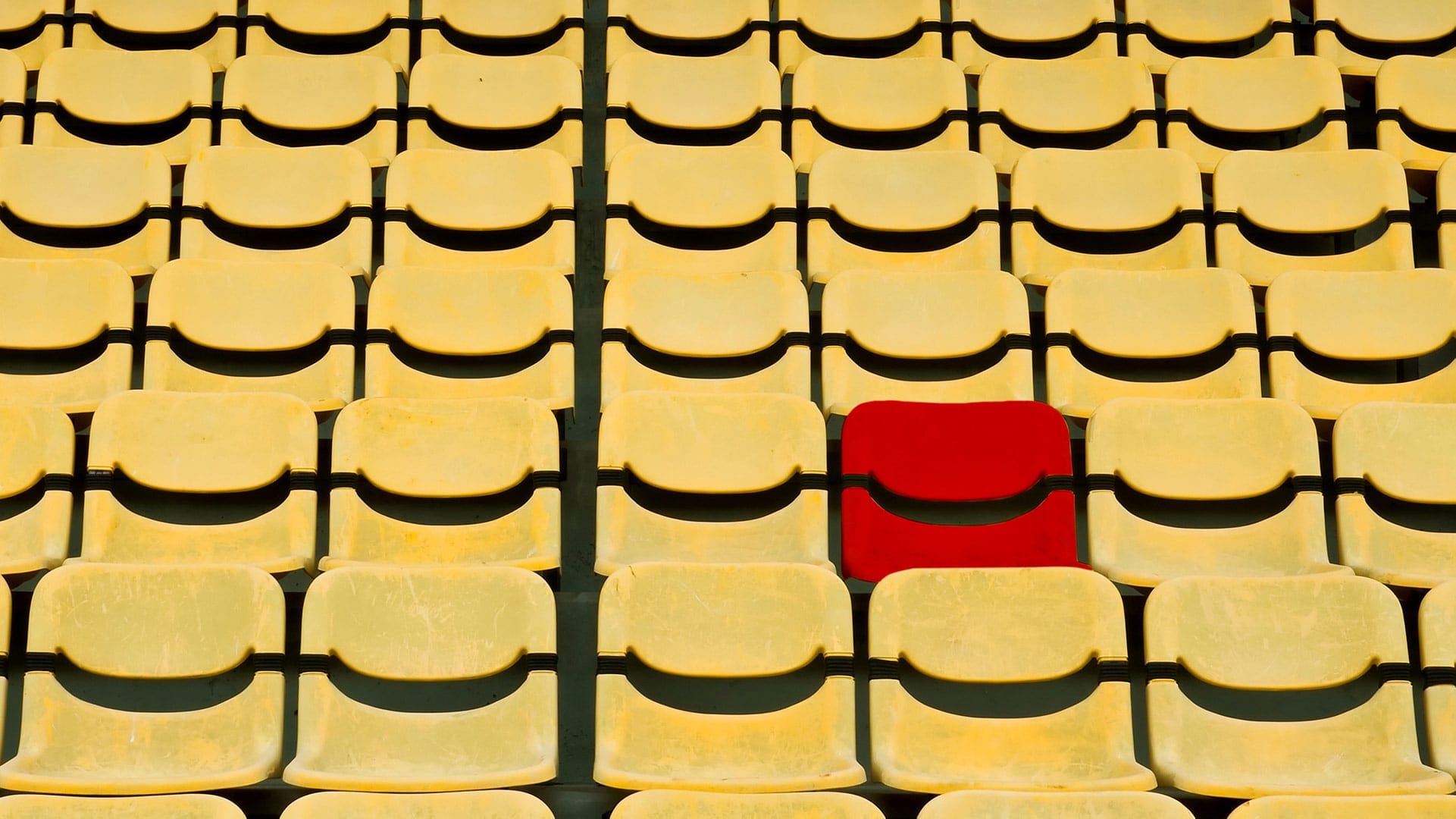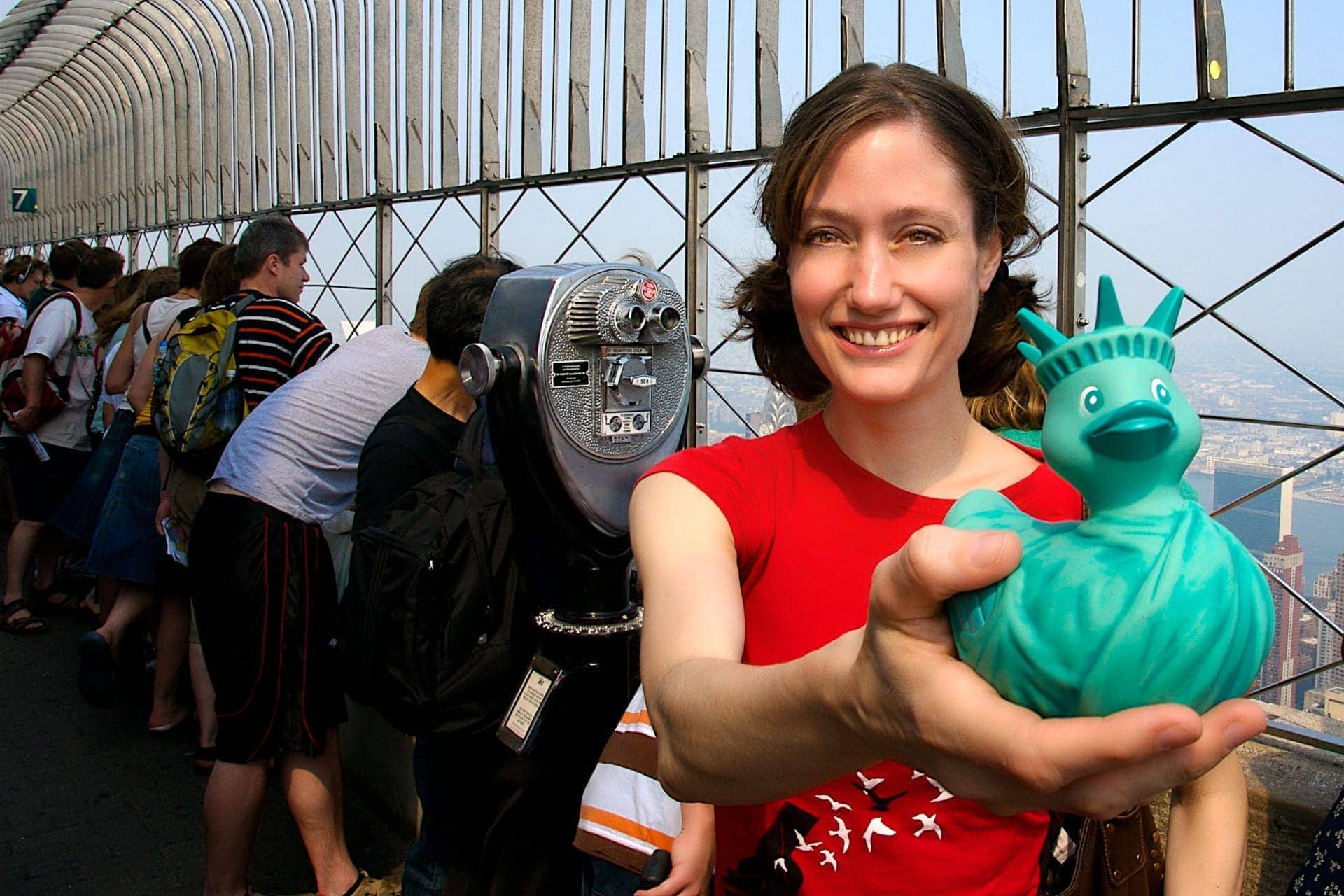To calculate the print proportions simple divide the long side by the short side. Some people call it the Fibonacci spiral golden spiral phi grid divine proportion or the golden mean.

How Do I Use Rhythm And Proportion In Photography
The golden ratio is a ratio of approximately 1618 to 1.

. And you often get this number by taking the ratio of two quantities in natureby dividing one quantity by the other. Emphasis draws viewers into your image and holds them there long enough to tell your story. An interesting way to enhance the sense of scale in your photos is through proportion.
It has been used for centuries by artists architects and musicians but it can also be found everywhere in the natural world. The golden ratio is a composition guide. Using proportions correctly in your artwork makes your art pieces more realistic and creates the perfect perceptive distance between elements in.
This is why the rule of thirds is so popular and one of the first rules of photography composition that we learn. To add a sense of scale to a photo with parallel lines be sure to add a reference point at the end of the lines. The golden ratio existed well before the modern cameras birth.
In fact you neednt look further than your TV screen or computer to find examples. Unlike documentary photography which gives a raw view of things emphasis in photography intentionally chooses the center of interest to determine the story. Proportion in Photography.
Artists have used this ratio for centuries to create works of art from paintings to architecture. Principal photography in film is when the majority of shooting takes place. There is a debate to select the photos on aspects of proportion.
The issue is the relationship between objects or parts of a whole. As a fundamental element in artistic work proportion and scale are quite complex. The composition will be more pleasing and balanced for the human eye.
The lines never meet at the end depicting a sense of vastness. This will give your photo a. The golden ratio is a number that appears all over the place in both art and nature.
This is in contrast to second-unit photography or certain VFX shots needing to be completed. All required accuracy and precision in presentation proportion and the results of form which should be appropriate for a definite. So when you place a subject at these points where viewers will naturally look its instantly recognizable as the focal point of the image.
With the right camera equipment you can even photograph wavelengths of light invisible to the human eye including UV infrared and radio. Our daily lives are filled with repetitive patterns. Pattern photography is the concept of integrating a repetition of elements into your photographs.
It adds visual weight to your main subject and tells viewers what to focus on. The best aspect ratio for photography is either 32 or 43. Its the same idea as a long road leading to nowhere.
Using a 11 ratio. Technically speaking the golden ratio is the number 1618. They have a great deal to do with the overall harmony of an individual piece and our perception of the art.
Proportion Photographer Mark Shaiken Photography Principles Of Design Outdoor Photography 5x5 Prints 55 1. Oct 13 2016 - Explore Elsie Etchegarays board Scale Proportion on Pinterest. The concept of proportion in photography allows you to compare the size of objects relative to each other.
The different perspectives in photography are linear diminishing scale forced aerial and overlap. Then there is the 21 ratio with a one stop difference from the highlight to the shadow. Take a look at the fishing boat at the very bottom of this image.
The diminishing scale perspective is the change in size from the foreground to the background and it makes the image look three-dimensional. The golden ratio is a ratio of approximately 1618 to 1. Generally fashion and beauty photography will use this ratio to make their subject look flawless no wrinkles acne pores etc.
You can find aspect ratios that are commonly used in photography and film in many of the objects in the world around you. For any given photo aspect ratio describes the proportional relationship between your images width and height. In doing so you can add more or less importance to them.
To use the golden ratio in photography you simply apply it to the placement of objects in your composition. Principal photography does not include re-shoots or screen tests done in Pre-Production. 4x6 Prints 64 15.
Photography is the art of capturing light with a camera usually via a digital sensor or film to create an image. Were naturally drawn to the four invisible points on the rule of thirds grid. Proportion is the principle of art that compares the sizes of some features of an object to other features in the same composition.
Proportion and scale are principles of art that describe the size location or amount of one element in relation to another. The linear perspective uses converging lines to change the viewers perception of space. See more ideas about proportion proportion art forced perspective photography.
Use this page to understand the different. It helps to lead the viewer through the entire photo. Whether with shapes colors or textures perfect examples of repetition exist all around us.
The format and medium. The ethics and messages -in the writing description of words language and meaning the contents of photography. Refers to the relative size and scale of the various elements in a design.
What is the Golden Ratio in Photography. These are the scenes that typically involve the lead actors.

How Do I Use Rhythm And Proportion In Photography

Proportion Photographer Mark Shaiken Photography Principles Of Design Proportion Art

Proportion Of Photography Mystical Of Photography

How Do I Use Rhythm And Proportion In Photography

Proportion Forced Perspective Photography Perspective Photography Forced Perspective

Principles Of Design Proportion Proportion Is The Relationship Of Two Or More Elem Principles Of Design Proportion Principals Of Design Contrast Photography


0 comments
Post a Comment